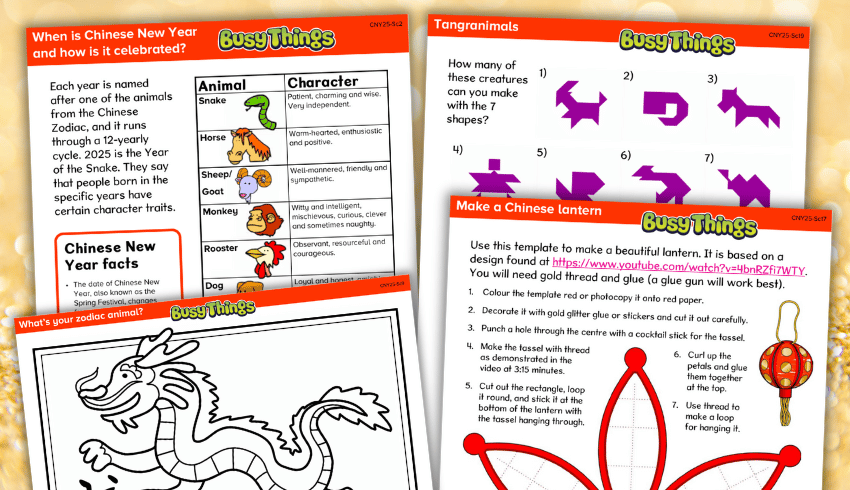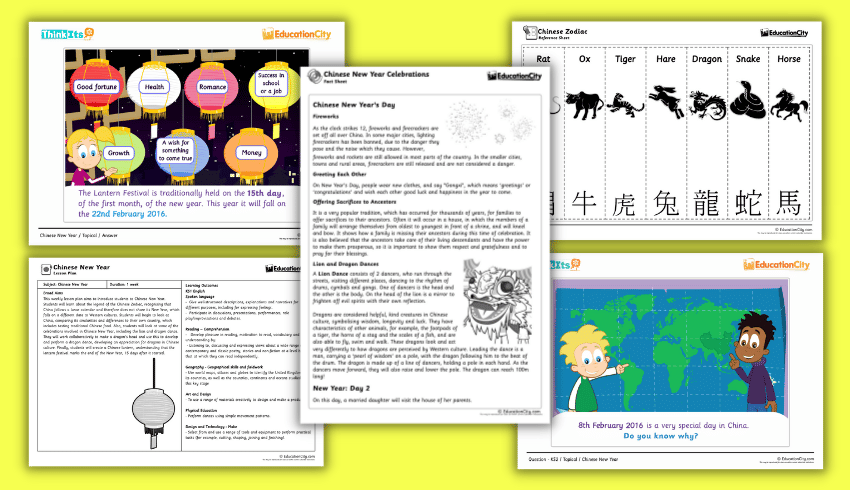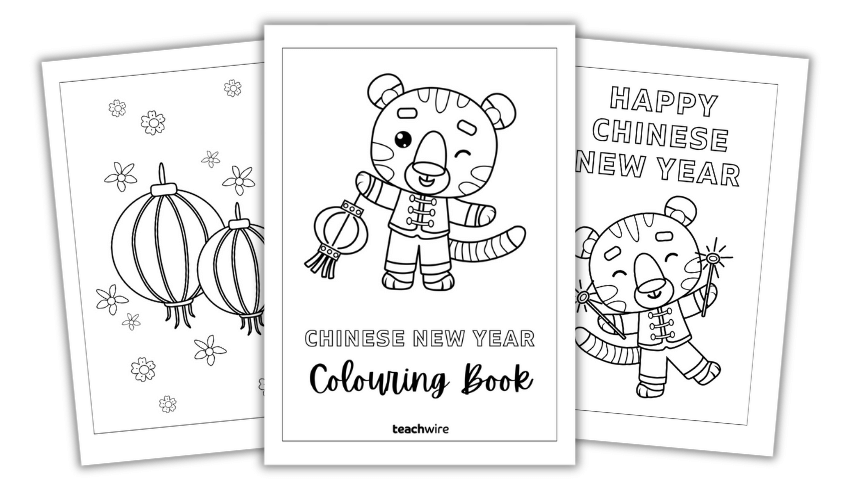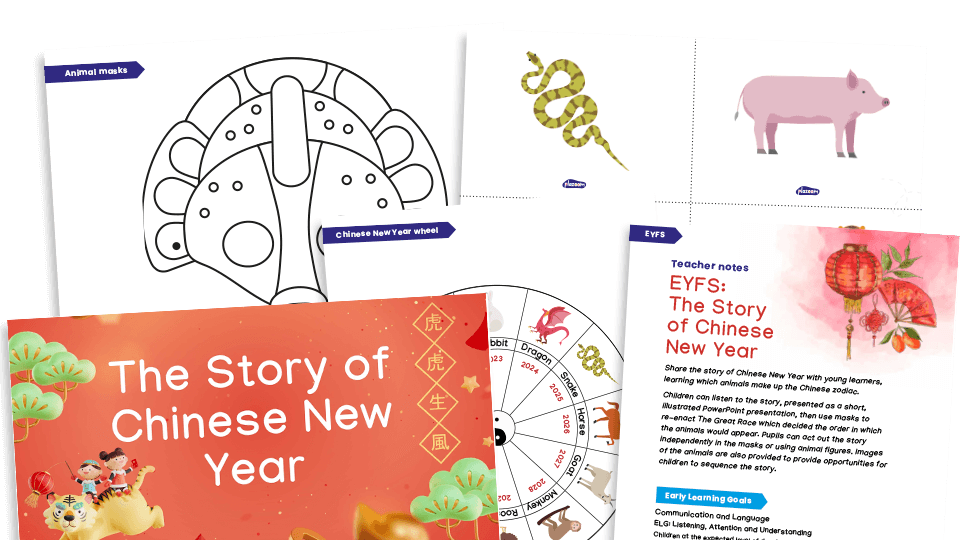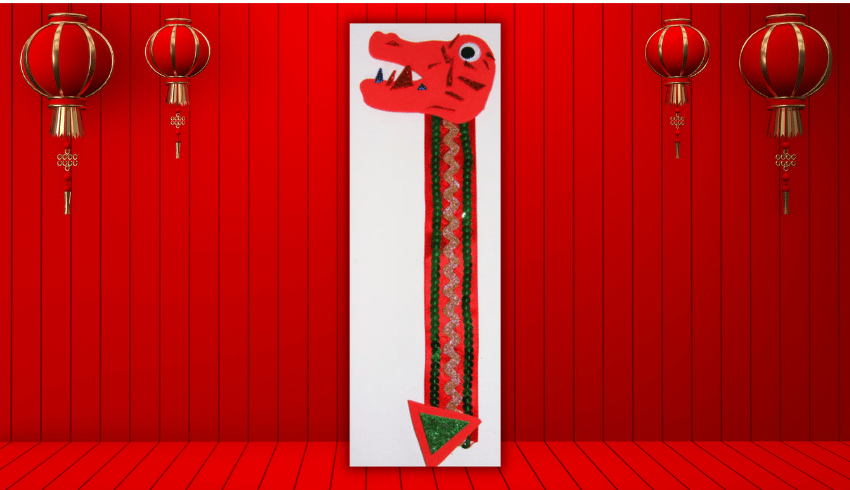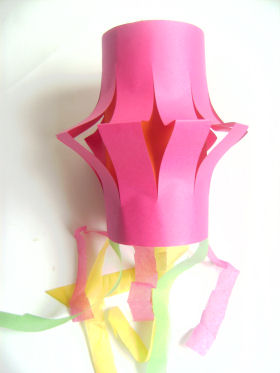Chinese New Year activities – Best KS1/KS2 resources for 2025
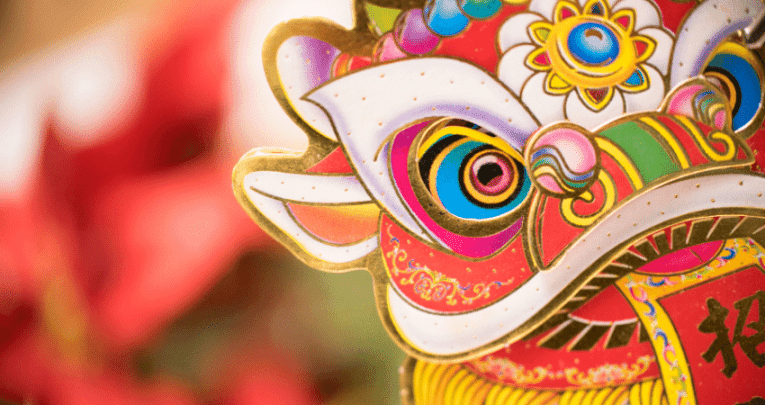
With the year of the snake due to be ushered in on 29th January 2025, here’s a selection of resources to help with teaching the history and traditions of the biggest event in the Chinese lunar calendar…

- by Teachwire
- Classroom expertise and free resources for teachers

Use these Chinese New Year KS1 and KS2 activities, downloads and ideas to celebrate in your classroom…
What is Chinese New Year?
Chinese New Year, also known as Lunar New Year, is one of the biggest events of the year for East and South East Asian communities. The celebrations involve eating lots of food, enjoying fireworks, wearing special outfits and decorating with red lanterns.
The date of Chinese New Year changes each year depends on the lunar cycle, but it always falls between 21st January and 20th February.
When is Chinese New Year 2025?
Chinese New Year 2025 starts on Wednesday 29th January.
Chinese New Year 2025 animal
2025 is the Year of the Snake. Pupils can find out their own Chinese Zodiac animal by looking at the image below.
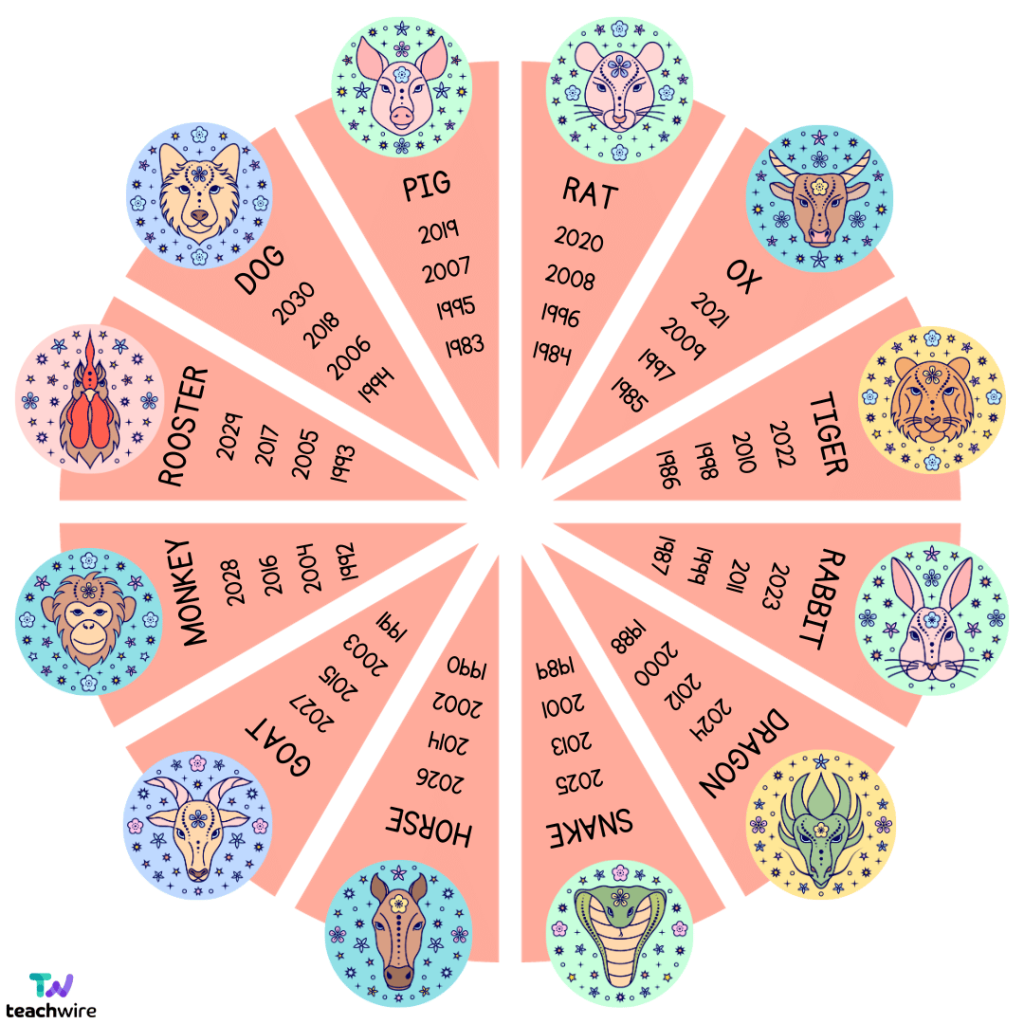
Chinese New Year activities
KS1 activities
Chinese New Year animals pack
Bring the excitement of Chinese New Year into your classroom with this special Chinese New Year animals topical pack. It contains fact sheets, Great Race activities, colouring and craft activities and more.
Chinese New Year KS1 sequencing and story retelling pack
This KS1 grammar and sequencing resource from Plazoom will teach KS1 children the story behind the Chinese Zodiac.
They will have the opportunity to become familiar with traditional tales and retelling these, sequencing events in a story, and using adjectives to create noun phrases.
The pack could be used over a series of lessons, or during an activities day linked to Chinese New Year.
Week of lesson plans
This free week of lesson plans for KS1 aims to introduce children to Chinese New Year. In the Chinese New Year activities download you’ll find a teacher’s guide, slides, fact sheets and classroom ideas.
Chinese New Year story presentation
This free Chinese New Year zodiac story presentation for schools introduces the traditional tale of the Great Race. Use it as part of your whole-class guided reading or as part of your Chinese New Year topic.
Writing pages and acrostic poem
This Chinese New Year acrostic poem worksheet is a brilliant way to help pupils show off their understanding of Chinese New Year while working on their literacy skills. The download also contains Chinese New Year writing pages in a variety of formats.
Chinese New Year colouring activities
Download and print these free Chinese New Year colouring pages to celebrate the event in your classroom.
KS1/KS2 cross-curricular Chinese New Year activities
These four cross-curricular idea sheets from Sue Cowley contain activities that can be used within geography, art, PE, music, D&T and PSHE teaching.
The first idea is a whole-class craft, dance and music activity based around dragon dancing. Included are instructions for creating dragon masks and costumes.
The second idea is about taking your class on a ‘wall walk’ around your school, and using cameras and clipboards to gather information about the different walls you see, before building your own wall from different construction materials such as boxes, foam or empty food packets.
The third activity focuses on inventions that have come from China – kites, in particular. You can then have a go at making your own kite from carrier bags.
The final idea has pupils researching giant pandas and creating a fact file about them.
KS2 activities
Five-lesson pack
Use this Chinese New Year KS2 download to plan five hour-long lessons, touching on art, English, geography, history and maths. The bundle contains teacher notes, slides, activity ideas and fact sheets.
Primary education pack
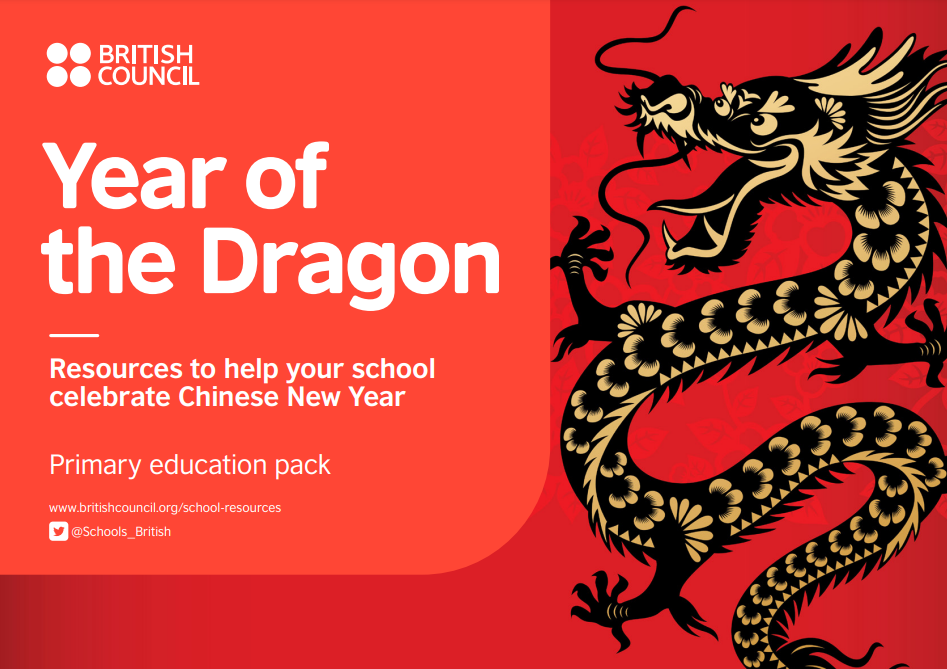
This education pack for primary schools from the British Council contains information and activities to help your pupils learn more about this important spring festival and explore Chinese language and culture.
Your pupils can read a traditional Chinese tale which explains the origin of four Chinese rivers, practice vocabulary and calligraphy linked to the weather and get creative making amazing dragon puppets and designs for long scrolls and ceramics. They can also learn how to spot an Imperial dragon and celebrate the New Year festival by making a delicious stir-fry dish called Wandering Dragon.
You can also download a resource pack from a previous year. Learn about the South China tiger, make a kite and take part in a Chinese language lesson.
Online maths game

This online Chinese Dragon game involves ordering and sequencing numbers via drag and drop. Choose your level, from basic to decimal and negative numbers.
The sequencing activities help children to recognise number sequences and reinforce their knowledge of multiples.
Chinese New Year videos
Join Isabel as she celebrates Chinese New Year in this CBeebies My First Festivals video.
In this CBeebies video, Abbie explains how her family prepares for Chinese New Year celebrations.
Trending
Chinese New Year story
Learn how the Zodiac years were named by the Jade Emperor with this video from CBeebies.
Alternatively, watch CBeebies presenters Ben and Evie tell the story of Nian and why people celebrate by wearing red and lighting fireworks.
EYFS ideas
Use this free EYFS storytelling and sequencing resources pack from Plazoom to share the story of Chinese New Year with Early Years children.
Use the PowerPoint to tell the story, then make masks to act out the story. You also get images of animals that children can use to sequence the story.
Chinese New Year tuff tray ideas
Be inspired by these beauties we found on Instagram…
Chinese New Year crafts
Find instructions for this dragon bookmark craft here.
Create a simple blossom tree artwork to celebrate Chinese New Year.
This Chinese lantern craft is quick and easy to do.
How one school celebrates Chinese New Year

Abid Butt, principal of Lyndon School in Solihull, explains how his school sought to put its inclusion principles into practice when marking Chinese New Year…
Here at Lyndon School in Solihull, late January and early February of 2022 saw us immersed in organising celebrations for Chinese New Year.
To see in the Year of the Tiger we wanted to do something really big, having had a significant cohort of new students from Hong Kong join us the previous September.
We were delighted to welcome the children of around 30 Cantonese families to our school, since we know that our school is strengthened through the diversity of its student and staff body.
I believe that having students from a wide variety of cultures makes our school richer, and imparts to our young people the importance of listening to others and demonstrating respect for different views.
Justifiable anxieties
I was aware, however, that these new joiners must be nervous. It’s difficult enough moving schools as a child, but starting a whole new life in a different country at the same time is something else entirely!
The first step I took was to set up a working group with the new students to discuss what we could do to celebrate Chinese New Year when it came around.
As the most significant special event on their calendar, it seemed only fitting that we try to mark it with the sense of occasion it deserved.
“It seemed only fitting that we try to mark it with the sense of occasion it deserved”
Making this initial effort went down well with their parents, who had justifiable anxieties of their own as to how their children would take to their new school and surroundings. I’ve always felt that actions speak louder than words.
While I’d already pressed upon these parents the extent to which Lyndon prizes its inclusive ethos and champions different cultures, I know that sadly, people can sometimes spend more time talking about such things than actually putting them into practice.
Bridging cultures
We ended up with a diary full of events for the first week of February, to coincide with the main Chinese New Year celebrations.
I wanted to make sure there was a striking visual demonstration befitting one of the world’s biggest holidays, so we went ahead and decorated the school with prominent banners commemorating the Year of the Tiger.
We then held assemblies focusing on the topic of Chinese New Year, so that all students in the school could understand its history and cultural significance, followed by further discussions that took place during tutor periods.
I was also keen to incorporate a language element, so we made an effort to teach the students some basic Cantonese, including how to say ‘Happy New Year’ to the new joiners.
“We all know that nothing bridges cultures like food”
We all know that nothing bridges different cultures like food, so to that end, the Cantonese students worked closely with our canteen staff to develop a menu based on the special dishes traditionally served during Chinese New Year festivities.
A selection of these foods were offered throughout the week, and students were set the task of learning how to make them in their food technology classes.
I hope our efforts at planning a series of Chinese New Year activities and then experiencing them together showed our new joiners us that they truly have a place here at Lyndon.
I would like them to feel that we have embraced them and their culture, since I know that what they have shared with us already has only made our school richer.




